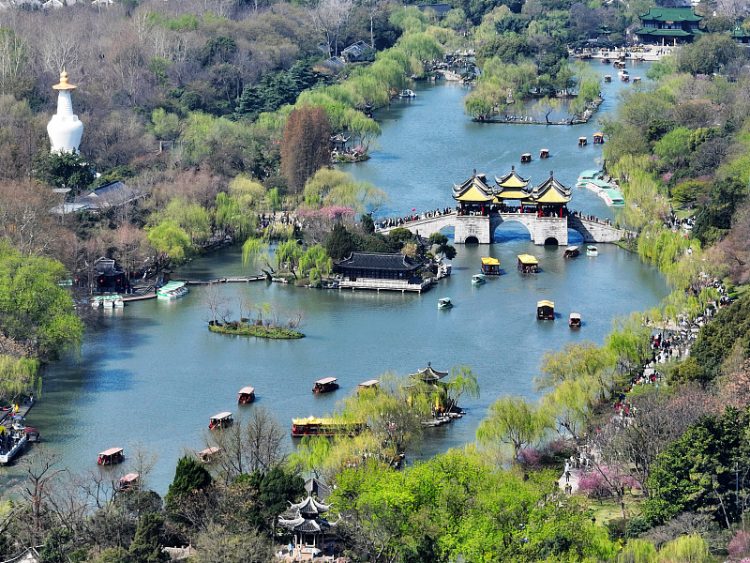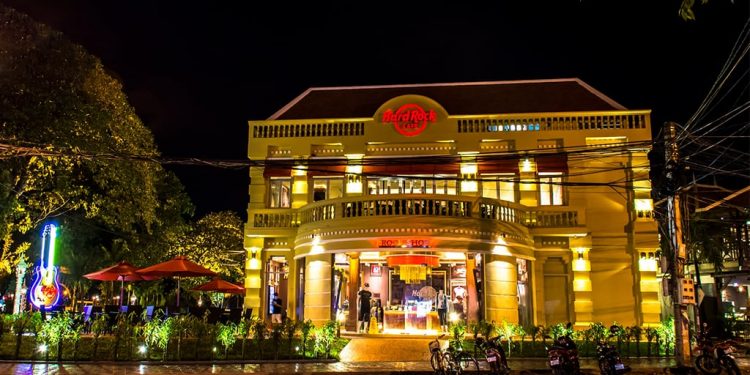
Harnessing Cultural and Historical Sites for National Development
By Prof. Samitha Hettige
In a nation where celebration and dispute coexist, the Sinhalese and Tamils are poised to commemorate the Sinhala-Hindu New Year, highlighting the profound historical ties. Yet, amidst this cultural festivity, a minority grapples with ongoing discord over ‘Kurundi’ lands.
The significance of ‘Kurundi’ dates back centuries, with its revered monastery established in the 1st century BC, visited by the Buddha himself during his second pilgrimage. In the 6th century AD, King Akbo’s creation of the ‘Kurundi’ lake served multiple purposes, including irrigation and drinking water supply.
Historical accounts, such as those in the Mahavansa, trace the presence of figures like Kalinga Maga to ‘Kurundi,’ solidifying its place in Sri Lanka’s historical narrative. The colonial era further shaped ‘Kurundi’s destiny, with British intervention designating a portion of its temple lands as an archaeological site in 1933.
However, the aftermath of independence witnessed strife overshadowing the sacred grounds, as ethnic tensions marred its tranquility for decades. Today, as Sri Lankan society evolves, ‘Kurundi’ stands as a testament to both its rich heritage and the challenges it faces.
The question arises: why should Sri Lankans unite to harness ‘Kurundi’s potential for district and national development? The answer lies in the example of Cambodia.
Cambodia’s journey, predominantly Buddhist like Sri Lanka, reflects a nation’s resilience in the face of adversity. Despite the scars of war, Cambodia’s commitment to its cultural heritage paved the way for economic rejuvenation.
Emperor Jayawarman VII’s legacy, akin to King Dutugamunu’s, exemplifies how historical narratives can inspire progress. From the ashes of conflict emerged a nation that embraced its heritage, attracting investments and fostering cultural exchange.
Similarly, Sri Lanka can emulate Cambodia’s success by leveraging ‘Kurundi’s archaeological treasures and cultural diversity to entice global interest. Just as the ‘Slender West Lake’ captivates visitors in China, ‘Kurundi’ holds the promise of becoming a beacon of tourism and economic growth.
UNESCO’s recognition of China’s Geoparks underscores the potential for Sri Lanka to showcase its natural wonders on the world stage. However, success hinges on meticulous planning and, above all, unity among Sri Lankans.
In the absence of coherent strategies, division threatens to undermine economic progress. Conversely, a united front, fueled by shared heritage and aspirations, can steer Sri Lanka towards prosperity, even in the absence of a clear roadmap.
As Sri Lanka navigates its path forward, ‘Kurundi’ serves not only as a symbol of its past but also as a catalyst for a brighter future. Through collective effort and strategic vision, Sri Lankans can transform ‘Kurundi’ into a testament to their resilience and potential.

Slender West Lake, China

Hard Rock Café at Angkor, Siem Reap, Middle
Source – https://bizenglish.adaderana.lk/kurundi-should-attract-fdis-even-the-unesco/



